City Palace Jaipur: Jaipur, often known as the Pink City, is one of the most popular tourist destinations in the Indian state of Rajasthan.
Topics
City Palace Jaipur Address
Jaleb Chowk, Near Jantar Mantar, Tripolia Bazar, Gangori Bazaar, J.D.A. Market, Kanwar Nagar, Jaipur, Rajasthan, 302002, India
City Palace Jaipur Timings
| Day | Timing |
|---|---|
| Monday | 9:30 am – 5:00 pm (Day Visit) 7:00 pm – 10:00 pm (Night Visit) |
| Tuesday | 9:30 am – 5:00 pm (Day Visit) 7:00 pm – 10:00 pm (Night Visit) |
| Wedesday | 9:30 am – 5:00 pm (Day Visit) 7:00 pm – 10:00 pm (Night Visit) |
| Thursday | 9:30 am – 5:00 pm (Day Visit) 7:00 pm – 10:00 pm (Night Visit) |
| Friday | 9:30 am – 5:00 pm (Day Visit) 7:00 pm – 10:00 pm (Night Visit) |
| Saturday | 9:30 am – 5:00 pm (Day Visit) 7:00 pm – 10:00 pm (Night Visit) |
| Sunday | 9:30 am – 5:00 pm (Day Visit) 7:00 pm – 10:00 pm (Night Visit) |
City Palace Jaipur Entry Fee for Indian Nationals
| Museum | Composite | Museum at Night | Royal Grandeur | Royal Splendor | |
| Adult | 200 | 300 | 500 | 1500 | 3000 |
| Child (5-12 years) | 100 | 200 | 250 | 1000 | 1500 |
| Adult (Senior/ Defence) | 100 | 200 | 380 | – | – |
City Palace Jaipur Entry Fee for Foreign Nationals
| Composite | Museum at Night | Royal Grandeur | Royal Splendor | |
| Adult | 700 | 1000 | 2000 | 3500 |
| Child (5-12 years) | 400 | 500 | 1500 | 2000 |
| Adult (Senior/ Defence) | 430 | 780 | – | – |
Jaipur was founded in 1727 by Maharaja Sawaii Jai Singh II and is well renowned for its age-old attractions that depict a fascinating past. City Palace, which displays a stunning blend of Rajput, European, and Mughal styles of building, is one of the most notable places of attraction in Jaipur. In some ways, the palace reflects the city’s illustrious and royal past.
Within the impressive structure is a large complex that includes several more palaces, rooms, religious shrines, gardens, and multiple gateways. The royal family’s dwelling is thought to be the Palace.
- The instant you step foot in Jaipur, you are transported back to the Rajput era. It is peppered with architectural marvels, which is why the city draws a steady stream of visitors all year. The City Palace, a symbol of the city’s imperial and royal days, is one such architectural wonder located in the heart of Jaipur.
- The City Palace is a landmark that has preserved the city’s heritage and is a symbol of grandeur. Once inside the palace, all you can do is be fascinated by its grandeur while taking in the magnificent architecture and antiquities on display. The royal family of Jaipur used to live in City Palace, but it was later separated into two parts: one with a few courtyards and museums, and the other with the royal family still there.
History of City Palace
Jaipur’s City Palace was built between 1729 and 1732. It depicts the state’s rich cultural and historical legacy.
Sawaii Jai Singh II commissioned the construction of this palace, particularly the external walls. Due of population growth and water supply issues, he relocated from Amber to Jaipur. He also enlisted the help of Vidhyadhar Bhattacharya, a Bengali architect who planned the palace complex in accordance with the Vastushastra. The elegantly constructed palace has been meticulously kept and is one of the state’s top attractions.
Sawai Jai Singh, the head of the Kachwaha Rajput Clan and the founder of Jaipur, built City Palace. The palace served as his living throne, and he began building on it in the 17th century in order to relocate the state capital from Amber to Jaipur.
Raja Man Singh II was the dynasty’s last ruler to sit on the throne in this palace. Architects Vidyadhar Bhattacharya and Samuel Swinton Jacob, who incorporated a European flavour to the design, created the stunning tower.
Image Gallery of City Palace Jaipur, India

Visitor Information
- History, Architecture, and Photography are among of the city’s most well-known features.
- Entrance Fee: For Indians, a palace view costs Rs. 200, Rs. 100 for students (with IDs), and Rs. 700 for tourists. For Indians, a museum visit costs Rs. 500, whereas for foreigners, it costs Rs. 1000.
- Extras: A golf cabby is available for Rs. 150/- and a chariot ride (with family) is available for Rs. 1000/-. (the cost might change with time). The cost of the audio guide is Rs. 200/-. You can also purchase a two-day composite ticket that includes admission to many additional Jaipur sites.
- Opening Hours: 9:30 a.m. – 5:00 p.m. for daytime viewing and 7:00 p.m. – 10:00 p.m. for nighttime viewing.
- Visit Time: 2 to 3 hours
The City Palace in Jaipur was formerly the seat of monarchs, who dominated the region from there. The City Palace is a large complex that contains various buildings, courtyards, and gardens. It is one of the top tourist attractions in the city.
The Chandra Mahal and the Mubarak Mahal are two of the complex’s primary palaces. The palace’s architecture is a blend of Indian, Mughal, Rajput, and even European traditions, and the magnificence of the confluence can be seen in every nook and cranny.
The red and pink sandstone with which it is constructed lends the palace a unique beauty. The ornate gateways add to the structure’s charm and grandeur. The City Palace in Jaipur is an excellent illustration of how design, art, and imagination can come together to create a beautiful icon.
Facts about The City Palace
- Sawai Jai Singh, commonly regarded as the creator of Jaipur, constructed the City Palace. He is also responsible for the construction of the Hawa Mahal and the Jantar Mantar.
- Though Vidyadhar Bhattacharya and Sir Samuel Swinton Jacob were the major architects behind the majestic City Palace, Maharaja Sawai Jai Singh also contributed to the palace’s architecture.
- Tripolia Gate, Virendra Pol, and Udai Pol are the three main gateways to the palace.
- In the third courtyard, there are four smaller gates that are thought to represent the four seasons.
- The peacock, or Mor Gate, symbolises the autumn season, and there are 3D representations of peacocks at the gate, creating a lovely atmosphere.
- The summer season was represented by the Lotus Gate, while the spring season was represented by the Leheriya Gate.
The Winter Gate is the Rose Gate. All of these gates are similarly ornamented, and simply looking at them is a joy, and entering them is much better. - Today, the palace is divided into two sections: one that is open to the public and houses a museum, and the other that houses the royal family’s dwelling — the descendants who still live here.
- Two silver jars, one of the most notable things in the City Palace, have been listed in the Guinness Book of World Records as the world’s largest silver vessels.
- Apart from Mubarak Mahal and Chandra Mahal, Pritam Niwas Chowk, Diwan-i-Aam, Diwan-i-Khas, Bhaggi Khana, Maharani Palace, and the 18th century Govind Dev Ji Temple are also worth seeing.
Museums have been built in the Chandra Mahal, Maharani Palace, and Bhaggi Khana. - Mubarak Mahal is a royal textile museum in Delhi. You can see the dresses worn by queens and kings.
- The clothes worn by Maharaja Sawai Madho Singh I is quite a treat to the eyes as he was believed to have weighed 250 kgs.
Traveler Tips
- It’s a large facility, so expect to wander a lot. As a result, dress appropriately. It is preferable to use good walking shoes or flat footwear.
- There is a source of drinking water. As a result, there is no need to bring any water bottles.
- The City Palace complex is accessible to those with disabilities.
- At the entry, you can hire a guide (for a fee).
- Also, learn more about tickets because you may need to acquire separate tickets for the palace and museums.
Things to Do
- Shopping in the Museum Stores or at the local markets is an option.
- Make a museum visit.
- Children’s learning programmes that are interactive.
Opening Hours
9.30 a.m. to 5.00 p.m. all days. Night visit from 7:00 p.m. to 10:00 p.m.
Fees
- Entry Fees: The palace grounds and museum tours are charged separately. Indians are currently paid Rs. 200 to view the outdoor spaces, and Rs. 500 to visit the museum. It costs Rs. 700/- and Rs. 1000/- for foreigners, respectively. A composite ticket is also available.
- Camera fees are Rs. 50/-, while videography fees are Rs. 150/-
Availability of Guides
The guides come in a variety of languages. At the City Palace, you can hire a qualified guide. The cost of the guides is determined by the number of people in your group. An audio guide is also available.
Architecture of City Palace
Maharaja Jai Singh II, who began with the outside wall, created the initial construction of City Palace. Buildings and courtyards have been added to the grounds over the decades, therefore every of the structures inside the palace have a different timestamp.
City Place’s architecture is a stunning blend of Rajput, European, and Mughal styles. This castle is made of red and pink sandstone and is bordered by several arched lesser palaces. These modest palaces have been converted into museums, and visitors can either explore the palace on their own or join a guided tour.
You’ll notice artefacts of the past like cannons and lofty sculptures throughout City Palace, especially as you travel from one courtyard to the next. They’ll draw your eye and make you pause to photograph them. As soon as you enter the main gate, don’t forget to admire the palace’s magnificent structure.
Various palaces, pavilions, temples, and gardens make up the City Palace complex. Virendra Pol, Udai Pol, and Tripolia Gate are among of the gates that enable access to the palace complex (triple gate). The public can visit Virendra Pol and Udai Pol, but Tripoia Pol is reserved for the royal family.
Chandra Mahal, Mubarak Mahal, Mukut Mahal, Maharani’s Palace, Shri Govind Dev ji Temple, and the City Palace Museum are the most important attractions of Jaipur’s City Palace.
Inside City Palace

The gates of City Palace/ Pitam Niwas Chowk
Tripolia Gate, Virendra Pol, and Udai Pol are the three gates that lead to City Palace. The Pritam Niwas Chowk, which connects to the Chandra Mahal, is one of four minor gates in the courtyard of the main palace. The four seasons and four Hindu deities, Lord Vishnu, Lord Shiva, Goddess Parvati, and Lord Ganesha, are thought to be represented by these gates.
Mor means peacock in English, and Mor gate signifies the fall season. The gate features exquisite 3D depictions of peacocks, which also serve as a terrific backdrop for photographs. The summer season is symbolised by Lotus Gate, whereas the spring season is symbolised by Leheriya Gate. Leheriya is a type of print peculiar to Rajasthan that is worn by women throughout the spring season.
The final one, known as the rose gate, is decorated with rose carvings and represents the winter season. All of these gates are works of art and are frequently photographed by tourists.
The inner-courtyard compartment of Pritam Niwas Chowk has four gates displaying themes linked to the four seasons and Hindu Gods. Northwest Peacock Gate- with peacock pattern on the door symbolising the autumn season and dedicated to Lord Vishnu, Southwest Lotus Gate- with flower and petal pattern indicating the summer season and dedicated to Lord Shiva and Parvati, Northwest Green Gate or Leheriya Gate- painted in green colour suggestive of spring and dedicated to Lord Ganesha, and Rose Gate- with flower pattern symbolising the winter season and dedicated to Goddess Devi.
Mubarak Mahal
Mubarak Mahal is a late-nineteenth-century welcome facility erected by Maharaja Madho Singh II. The Taj Mahal is an outstanding example of Islamic, Rajput, and European architecture. The portion has since been transformed into a museum, with a diverse collection of textiles on show, including royal costumes, embroidered shawls, Kashmiri Pashminas, Sanganeri block prints, and silk sarees. Sawai Madhosingh I wore a set of clothing that were 1.2 metres wide and weighted 250 kg.
- Mubarak Mahal, which translates as ‘Welcome Palace’ in English, was built by Maharaja Madho Singh II in the 19th century to welcome his guests. Because the Maharaja used to host various foreign guests, the Mahal’s building style also exhibits characteristics of European culture.
- The mahal has been converted into the Maharaja Sawai Mansingh Museum, which houses a significant collection of Pashmina shawls, robes, and Sanganeri block print clothing, as well as other beautiful royal garments.
- The mahal has been converted into the Maharaja Sawai Mansingh Museum, which houses a significant collection of Pashmina shawls, robes, and Sanganeri block print clothing, as well as other beautiful royal garments.
- The attire of Maharaja Sawai Madho Singh I, who was famed for his short height and heavyweight, is one of the displays here. The royal family is even seen wearing some of the costumes on display in black and white images on the wall. The dark coloured traditional dress with gota patti work worn by the ladies of the royal family on the festival of Diwali is one of these outfits.
Maharani Palace
The Maharani Palace is the royal family’s queens’ palace, as the name suggests. The palace has now been converted into a museum that houses the weaponry that were used during the battle. The palace’s magnificent ceilings are adorned with one-of-a-kind frescoes. Weapons such as scissor action diggers and swords with handguns are available.
Chandra Mahal
Chandra Mahal, which is on the western side of City Palace, has a huge peacock gate at its entry. Paintings depicting Jaipur’s old city, floral sculptures, and stunning mirror embellishments will enchant you. There are seven levels in this building, each with its own name such as Ranga-Mandir, Sukh-Niwas, Mukut Mahal, Pitam-Niwas, Shri-Niwas, and Chhavi-Niwas.
‘Sukh Niwas’ is a white building with a hint of blue that gives you a sense of peace and calm just by being there. The mirror floor, walls, pillars, and ceiling of the ‘Rang Mandir’ are completely covered in mirrors of various sizes. The dining room on this floor contains Mughal decorations on the pillars and ceiling, as well as regal dining tables. Mirror walls with blue tiles and gold leaf decorations adorn the ‘Shobha Niwas’.
The ‘Chhavi Niwas’ was used by the Maharajas of Jaipur as a monsoon refuge, and it is just as lovely as the other floors. The Mukut Mandir pavilion, located at the top of the Chandra Mahal, is where the Jaipur flag is unfurled every day.
- Chandra Mahal requires a separate ticket because the majority of the building is still used by the royal family, but the ground floor has been converted into a museum. Manuscripts, carpets, and other items belonging to the royal family provide views into the city’s history.
- Sukh-Niwas, Ranga-Mandir, Pitam-Niwas, Chabi-Niwas, Shri-Niwas, and Mukut-Mandir or Mukut Mahal are the different names for the different floors of Chandra Mahal. A lovely peacock gate greets visitors at the entrance, with balconies and a pavilion on the roof from which one may enjoy a view of the city. It is the most important part of the palace, with magnificent paintings, floral embellishments, and wall mirrors.
- The majority of Chandra Niwas or Chandra Mahal is occupied by descendants of Jaipur’s kings; only the bottom floor, which houses a museum displaying items used by the royal family such as carpets and manuscripts, is open to the public.
- The Sukh Nivas, or Hall of Rest, is made up of a drawing room and a dining hall that are both tastefully designed with Mughal murals and a glass and silver dining table. Another is the Hall of Beauty, or Shobha Niwas, on the fourth level, which boasts ornate mirror walls and mica and gold-accented tiles.
The Hall of Images, also known as Chavi Nivas, is located on the fifth level of the Chandra Mahal and served as the Maharaja’s resting area during the rainy season.
Finally, when the Maharaja was inside, a flag was hoisted at the top of the Mahal, and when he left, the queen’s flag was unfurled.
The Armory
The life-size building of a horse wearing full-body armour, like horses did when they went out on the battlefield with their rider, is the first object that strikes your eye in this armoury, formerly known as Anand Mahal Sileh Khana or the Maharani Palace.
The armoury houses a large collection of weaponry that the Rajputs utilised in battle. Knives, daggers, knuckle braces, and rifles are just a few of the interesting items on display at this armoury. Weapons with beautiful carvings and inlay work on their handles, such as daggers, almost make you forget about the slaughter they must have seen in action. Some of the magnificent weaponry on display date back to the 15th century.
Bagghi Khana
Bagghi means chariot, and here you may observe the royal family’s different chariots and regal rides. You may also view the royal chariot, which was used to convey the royal god, as well as a European-styled cab, which was sent to Maharaja Sawai Ram Singh II by Queen Victoria in 1876.
Bhaggi Khana is a museum with an extensive collection of antique carriages, palanquins, and European taxis that are frequently employed as Baggis. A Victoria Baggi was presented to Maharaja by Prince of Whales in 1876, as well as a Mahadol, a palanquin with a single bamboo bar used to transport priests and a chariot or ratha used to transport Hindu Gods during festivals.
Diwan-e-Khaas
This is the royal darbar, where the Maharaja used to meet with his courtiers in private. In this portion of the palace, photography is prohibited. The royal throne, known as ‘Takht-e-Rawal,’ as well as the courtiers’ chairs, adorn this hall, whose ceiling is painted in a palatial blend of gold and scarlet.
Life-size paintings of the Maharajas of Jaipur, framed ancient writings, paintings, embroidered rugs, and handwritten authentic manuscripts of Hindu scriptures adorn the walls of this hall.
The Diwan-I-Khas is a marble-encrusted chamber that served as the Maharajas’ private audience hall. Two large silver containers with a height of 1.6 metres and a capacity of up to 4000 litres are present. The jars were made by melting 14000 silver coins and not soldering them together. These vessels are 340 kilogrammes in weight.
These vessels have been recognised as the World’s Largest Silver Vessels by the Guinness Book of World Records. Sawaii Madho Singh II was a devout Hindu who carried Ganges water to drink on his trip to England in 1901 because he refused to drink English water. Gangajelies are the names given to the noteworthy vessels. In this part, there are also eye-catching crystal chandeliers that are covered in plastic and only uncovered on rare occasions.
Diwan-e-Aam (Sarvato Bhadra)
When you enter City Palace, the first thing you see is the open hall known as Diwan-e-Aam. The Maharajas of Jaipur used to use it as a venue for holding public audiences. The ceiling of the hall is ornately decorated, with exquisite crystal chandeliers suspended from it.
Two enormous silver urns, known as Gangajalis, are housed in glass cages in this hall. These containers have a 4000 litre capacity and are listed in the Guinness World Records. According to legend, Maharaja Sawai Madho Singh II used these vessels to transport Ganges holy water on his visits to England.
This hall’s magnificent marble flooring and a gigantic chariot wheel mounted on the wall behind a glass case are not to be missed. There are a few shops in this hall where you may buy local handicrafts or traditional Rajasthani outfits.
Diwan-I-Aam, also known as the public audience hall or Sabha Niwas, is a large auditorium with vibrant red and gold ceilings. Exquisite miniature paintings of Rajasthani, Mughal, and Persian art, ancient writings, embroidered rugs, Kashmir shawls, and carpets are on display in the hall.
There is also a Golden throne, known as Takth-e-Rawal, which serves as the Maharaja’s seat while he is in public. During his visit outside the palace, Maharaja’s seat was borne on elephants or palanquin bearers. Two marble rock elephants stand guard at the palace’s entryway.
Govind Dev Ji Temple
This temple on the premises, dedicated to Lord Krishna, attracts a large number of worshipers every day. During the Shri Krishna Janmashtami festival, the temple is packed with visitors.
A holy shrine devoted to Lord Krishna, the Hindu divinity. The Govind Dev ji temple was built in the 18th century and features European chandeliers and Indian art paintings. The temple’s towering ceilings are adorned with gold.
Entry Fees for City Palace
Because the palace is divided into two sections – the museum and the royal family dwelling – you must purchase two separate tickets for each section. You can also purchase a composite ticket that is good for both sectors.
For the museum and exterior – INR 200 for Indian adults and INR 100 for children 5-12 yrs
For night visit– INR 500 for Indian adults, INR 250 for children 5-12 yrs, INR 1000 for adult foreigners, INR 500 for foreigner children 5-12 yrs
For a composite ticket– INR 300 for Indian adults and INR 200 for children 5-12 yrs, INR 700 for adult foreigners, INR 400 for foreigner children 5-12 yrs
For Royal Grandeur (Chandra Mahal tour)– INR 1500 for Indian adults and INR 1000 for children 5-12 yrs, INR 2000 for adult foreigners, INR 1500 for foreigner children 5-12 yrs
For Royal Splendor (special ticket)– INR 3000 for Indian adults and INR 1500 for children 5-12 yrs, INR 3500 for adult foreigners, INR 2000 for foreigner children 5-12 yrs
Entry timings for City Palace
- 9.30 AM to 5.00 PM (Day visit)
- 7.00 PM to 10.00 PM (Night visit)
Traveler Tips
- Because you will be walking a lot to cover the royal grounds, it is recommended that you wear comfortable shoes. Wear comfortable clothing as well, as the palace is exposed with wide courtyards between different structures.
- Although there is a water fountain within the palace, you are welcome to bring your own water bottles.
- The City Palace is accessible to those with disabilities.
- You can hire a guide in the native language, although guides in a variety of languages are also available. You may even hire an audio tour guide.
- To cover the entire palace, you’ll need at least two to three hours.
- Local artists demonstrate their abilities like as painting or jewellery making within one of the museums, and you can buy items from them.
- Photography and filming are permitted in some areas of the palace, but are prohibited in others, such as the royal darbar.
- Between September and March, when the weather is good, is the best time to visit Jaipur.
city palace jaipur city palace jaipur city palace jaipur city palace jaipur city palace jaipur city palace jaipur city palace jaipur city palace jaipurcity palace jaipur city palace jaipur city palace jaipur city palace jaipur city palace jaipur city palace jaipur city palace jaipur city palace jaipur city palace jaipur city palace jaipur city palace jaipur city palace jaipur city palace jaipur city palace jaipur city palace jaipur city palace jaipur city palace jaipur city palace jaipur city palace jaipur city palace jaipur city palace jaipur city palace jaipur city palace jaipur city palace jaipur city palace jaipur city palace jaipur city palace jaipur city palace jaipur city palace jaipur city palace jaipur
How to reach City Palace in Jaipur
In old Jaipur, the city palace is situated between the local markets of Badi Chopar and Choti Chopar. Jaipur Airport is around 12 kilometres away, and the railway station is about 4.5 kilometres away. To get to the palace, you can easily take an auto, cab, or a cycle rickshaw. You can also use the services of top car rental companies in Jaipur to visit all of the city’s notable tourist attractions in the comfort of a private cab.
city palace jaipur city palace jaipur city palace jaipur city palace jaipur city palace jaipur city palace jaipur city palace jaipur city palace jaipur city palace jaipur city palace jaipur city palace jaipur city palace jaipur city palace jaipur city palace jaipur city palace jaipur city palace jaipur city palace jaipur
Jaipur has a lot to offer, and the best way to see it is to do so in a casual and enjoyable manner. Jaipur Tour packages have been prepared by the Udaipur Store, a branch of Holidays DNA, to assist you in planning your trip to the pink city in a comfortable and hassle-free manner. These packages are created with the traveler’s budget and preferences in mind. Please fill out the Contact Us form if you have any additional questions about the various programmes. We will respond as soon as possible.
Location Map for City Palace Jaipur
You May like:


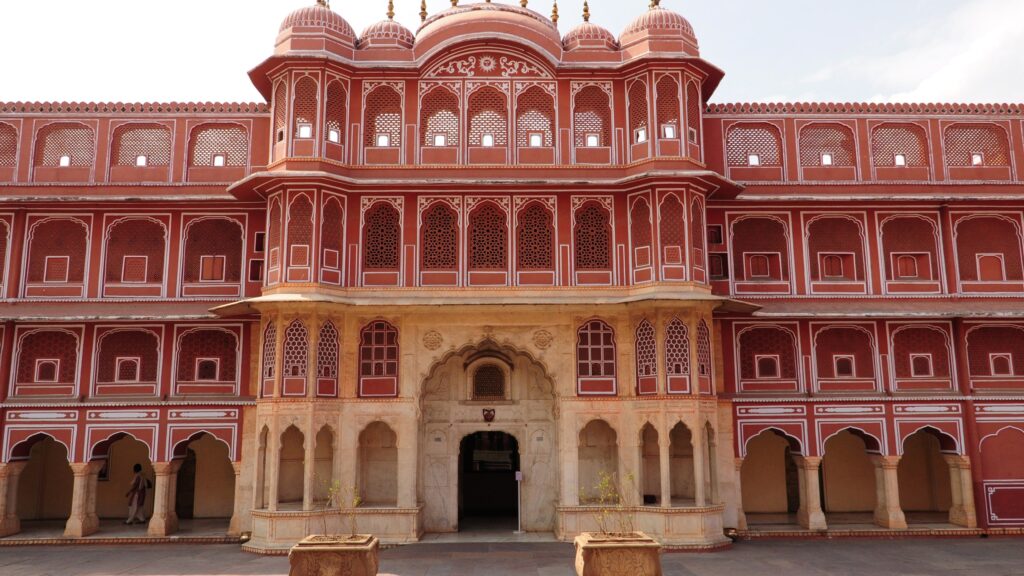
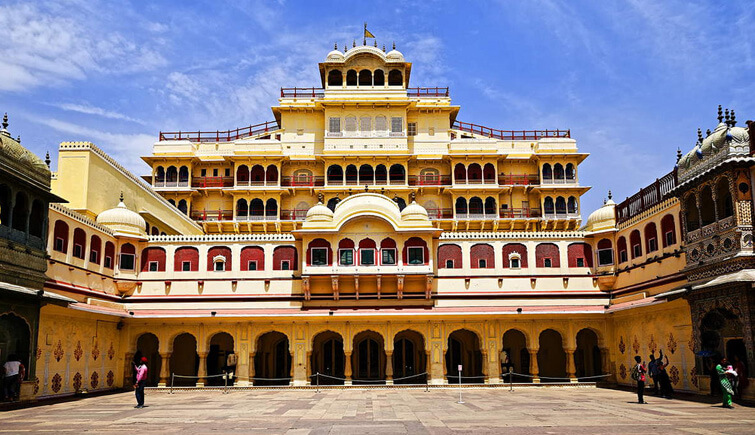
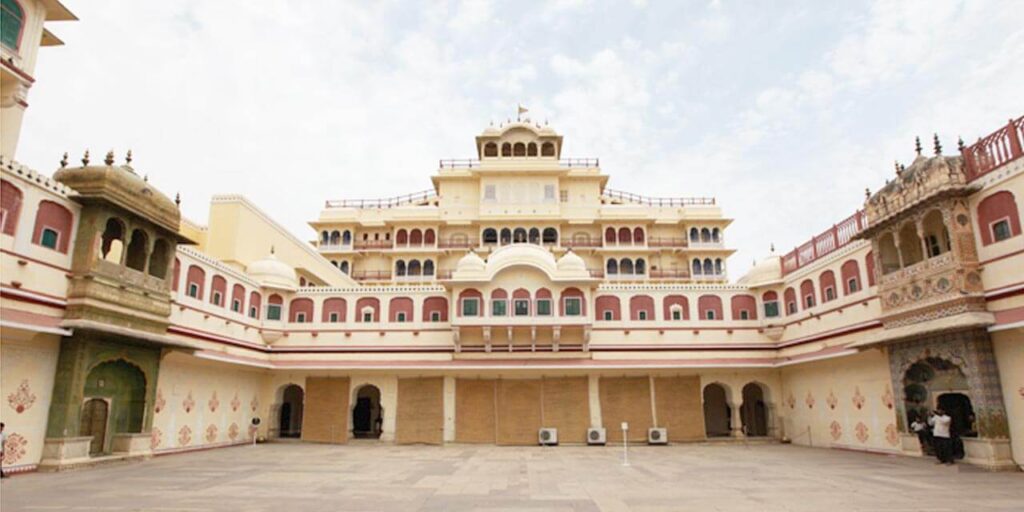
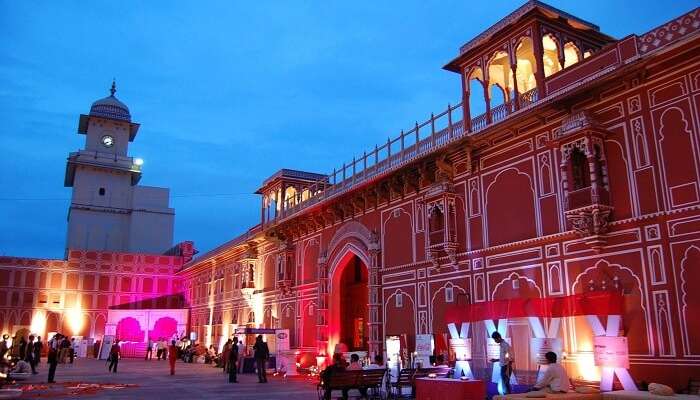
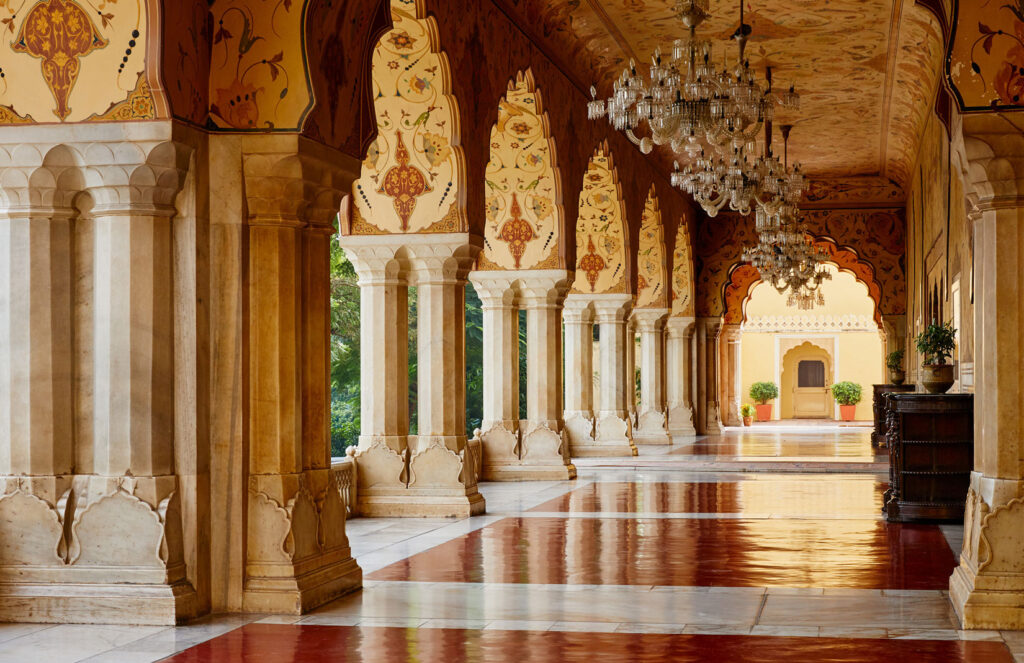
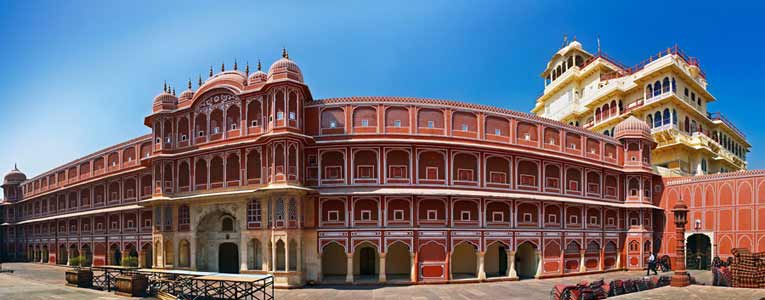

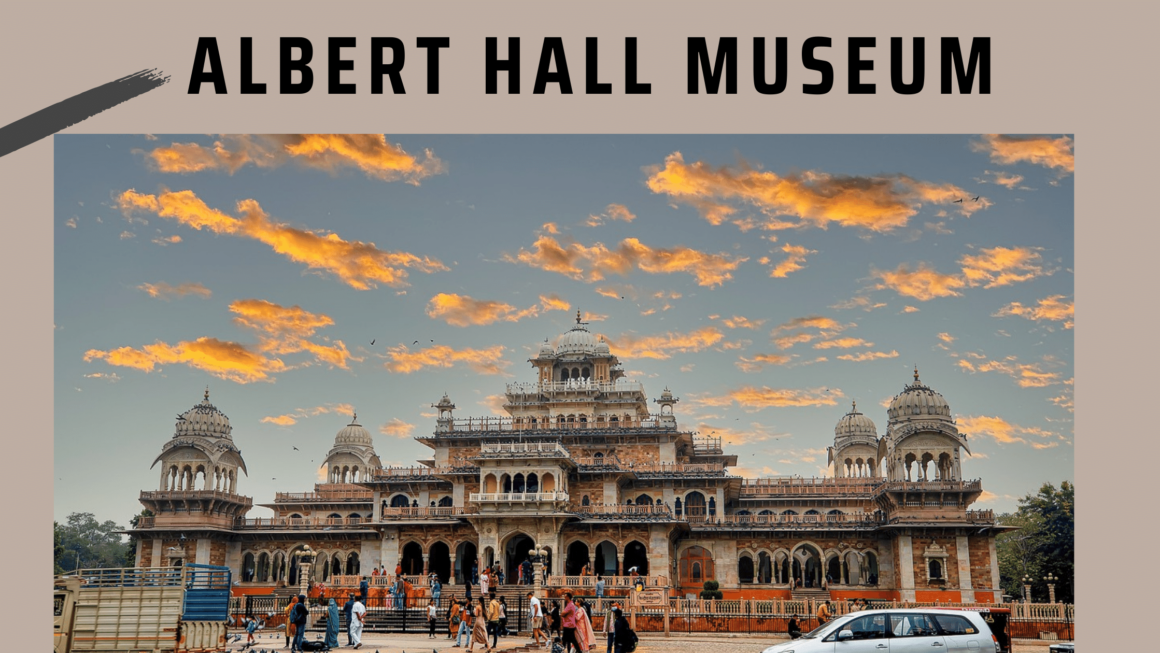

3 thoughts on “City Palace Jaipur, Rajasthan (Entry Fee, Timings, Images, Location)”